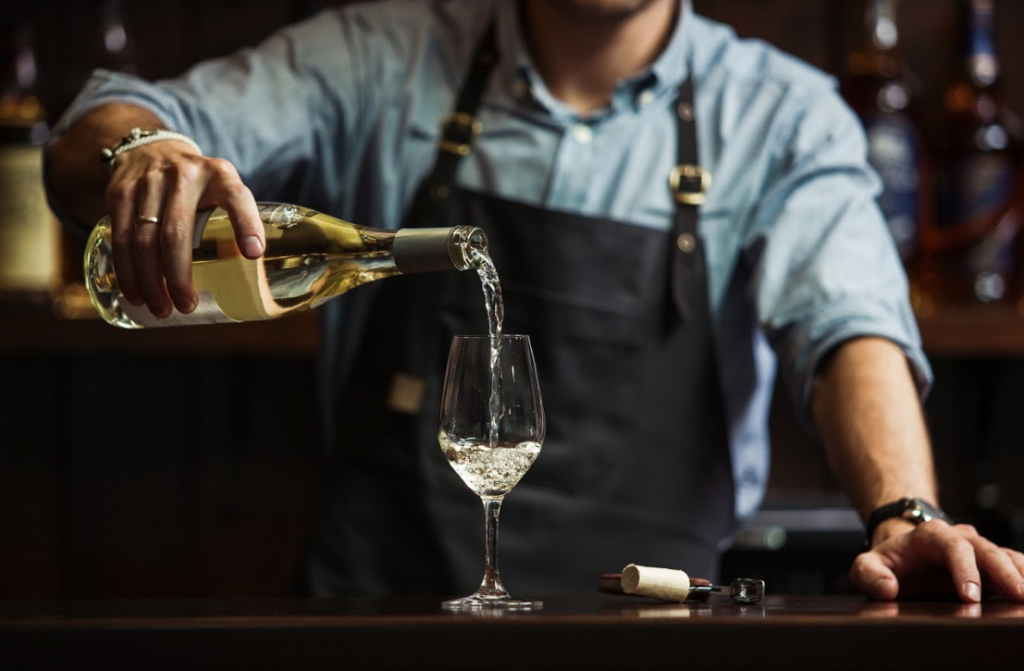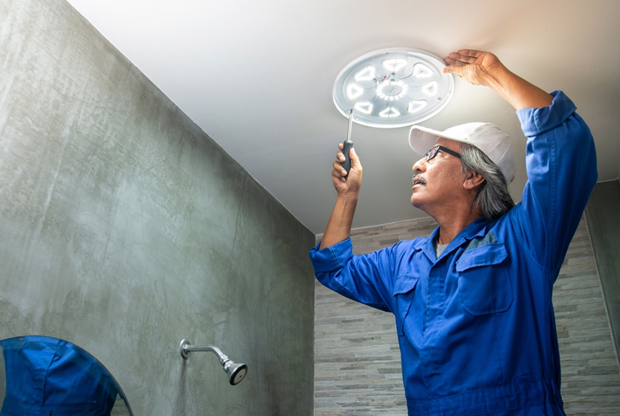The Bottling Decisions That Separate Hobby Wineries From Professional Brands

If you are thinking about starting a wine business, here are some facts that would separate you from the rest!
There’s a moment in every winery’s growth where what worked fine for small batches suddenly becomes a bottleneck. The equipment that handled 50 cases starts struggling at 500. The closure method that seemed adequate begins showing inconsistencies. These transitions reveal something important: professional bottling isn’t just scaled-up hobby work—it’s a completely different approach to quality control and consistency.
Most small producers don’t realize how many variables affect their final product until something goes wrong. A batch that tasted perfect in the barrel shows premature oxidation six months later. Customers report off-flavors. Returns pile up. The problem usually traces back to decisions made during bottling, when dozens of small choices either lock in quality or introduce problems that only appear later.
The Closure Question Everyone Eventually Faces
Walk into any wine discussion, and the cork versus screw cap debate comes up within minutes. But here’s what makes this decision more complex than most people think: it’s not really about which closure is “better.” Different wine styles need different oxygen transmission rates. A light white wine heading to market within months has completely different requirements than a Cabernet meant for decade-long aging.
Natural cork remains the standard for premium wines, but not all cork performs the same way. Quality grades vary significantly based on density, porosity, and how the cork was harvested and processed. Professional operations source corks for bottles based on specific technical specifications matched to their wine style, rather than just ordering whatever’s cheapest or most available.
The challenge shows up in consistency. A hobby winery might hand-select corks and manually inspect each one. That works for 20 cases. At production scale, quality control needs to happen at the supplier level, with certifications and batch testing that guarantee performance across thousands of units. This is where relationships with specialized suppliers become valuable—they handle the quality screening that individual wineries can’t efficiently manage themselves.
Equipment That Actually Matches Production Reality
Small-scale producers often start with manual or semi-automatic bottling equipment. You control the fill level by eye, apply corks with a hand corker, and label bottles one at a time. It’s slow, but it works. The shift to professional operation requires rethinking this entire process.
Professional bottling lines maintain consistent fill levels within millimeters, apply closures with calibrated pressure, and verify seal integrity as bottles move through. The investment seems steep until you calculate the cost of inconsistent fills, failed seals, or damaged corks across hundreds of cases. One batch of problems can wipe out the savings from cheaper equipment.
But get this—the equipment decision isn’t just about speed. It’s about repeatability. A professional filler delivers the same headspace in bottle 1 and bottle 1,000. A quality corking machine applies identical compression force every time. This consistency matters more as volume increases, because manual correction becomes impossible at scale.
The Timing Variables Nobody Talks About
When to bottle matters more than most winemakers realize. The wine needs to be stable—fully degassed if it’s a still wine, properly cold-stabilized, filtered to the appropriate level. Rush this process, and problems emerge months later when wine continues evolving in the bottle.
Professional operations test for stability markers before bottling. Dissolved oxygen levels, microbial stability, tartrate stability—these aren’t just technical details. They’re predictors of how the wine will behave over its shelf life. Hobby wineries often skip these tests and hope for the best. Professional brands build testing into their standard process because finding problems before bottling costs less than dealing with returns later.
The bottling environment itself creates variables. Temperature affects fill accuracy and cork insertion. Humidity impacts label adhesion. Even time of day matters when equipment runs differently at various temperatures. Professional operations control these variables. Hobby setups often don’t even measure them.
Quality Control That Actually Catches Problems
Here’s where the gap between hobby and professional really shows: systematic quality control. Walking the bottling line and eyeballing bottles catches obvious problems. It misses the subtle issues that compound over time.
Professional operations sample regularly throughout each bottling run. They check fill levels with measuring tools, test closure application force, verify capsule placement, inspect labels for alignment and adhesion. Some run leak tests on sample bottles. Others use optical sensors to catch defects human eyes might miss during high-speed runs.
The documentation matters too. Professional wineries track which lots got bottled when, with which closure batch, on which equipment. When a problem appears months later, this traceability lets them identify whether it’s isolated to specific bottles or systemic across a production run. Hobby operations rarely maintain this level of detail, which makes solving quality issues mostly guesswork.
Storage and Handling After the Cork Goes In
Bottling doesn’t end when the closure goes in. Professional operations know that freshly bottled wine needs time to recover from the oxygen exposure and physical agitation of bottling. They store bottles upright initially, then move them to their side once seals have set properly. They control storage temperature and humidity to prevent premature aging or label damage.
The logistics side creates challenges too. Professional operations plan storage, shipment, and inventory management before they start bottling. They know exactly where bottles go after filling, how they’ll be packed, and when they’ll ship. This planning prevents bottles from sitting in poor conditions while someone figures out next steps.
Making the Transition Without Breaking Everything
Most wineries don’t jump from hobby to professional overnight. They scale gradually, upgrading equipment and processes as volume justifies investment. The key is knowing which improvements matter most at each stage.
Early on, focus on closure quality and fill consistency—these affect every bottle. As volume grows, invest in environmental controls and systematic testing. Eventually, automated quality checks and detailed tracking systems become worthwhile. Professional brands didn’t start with perfect systems. They built them piece by piece, prioritizing improvements that solved actual problems rather than chasing theoretical perfection.
The difference between hobby and professional bottling shows up in what happens six months, a year, or five years after bottling. Professional operations make decisions that protect quality over time, even when those decisions cost more upfront. That’s what separates wine that merely makes it into bottles from wine that builds a lasting brand reputation.








